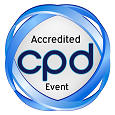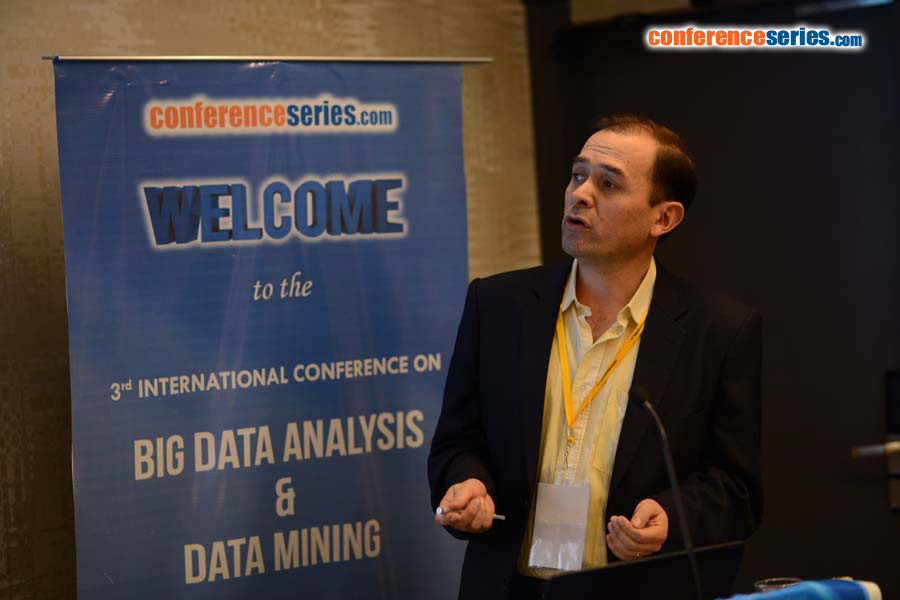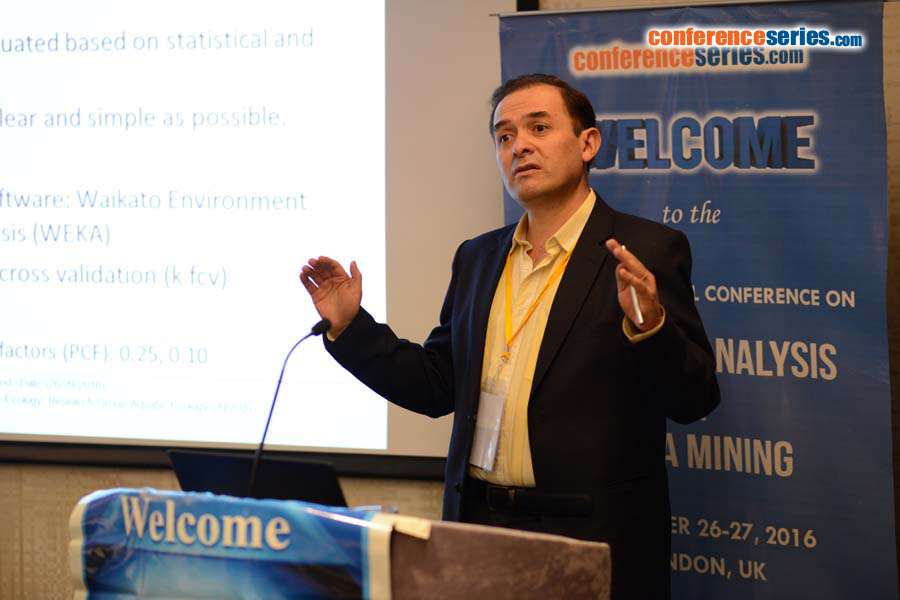
R Jerves-Cobo
Ghent University, Belgium
Title: Macroinvertebrate based mathematical models for the prediction of microbial pathogens in rivers
Biography
Biography: R Jerves-Cobo
Abstract
This research introduces decision tree models (DTMs) used as tools to predict the compliance with microbial pathogen regulation which is related to the water use. Indeed, prior to its use for drinking, farming, or recreational purposes, the water quality must comply with several standards in order to safeguard both society and environment. The required data was collected in the Machangara River (Southern Andes, Ecuador) in February and March of 2012 and comprises 33 samples of macro invertebrates and physical-chemical- microbiological parameters at different locations along the basin according to land use. Thirty nine different families of macro-invertebrates were identified at the different sampled locations. The impact governed by microbial pathogens on macro-invertebrates has been analyzed and studied. With this aim, DTMs are included for development of rules for presence and abundance of some benthic families. The aforementioned DTMs lend a quick way of checking the fulfillment of the Ecuadorian regulations for water use related to microbial pathogens. The models, built and optimized with WEKA package, were evaluated based on some statistical and ecological criteria considering user convenience to make them as clear and simple as possible. During the evaluation process, the number of False Negatives obtained in the Confusion Matrix of the DTMs, was reduced by the use of a Cost-Sensitive Classifier. The models with the lowest values of confusion entropy were selected. As a result, three different models were obtained, which could be used as a first assessment of different levels of pollution due to microbial pathogens in rivers.
Speaker Presentations
Speaker PPTs Click Here




